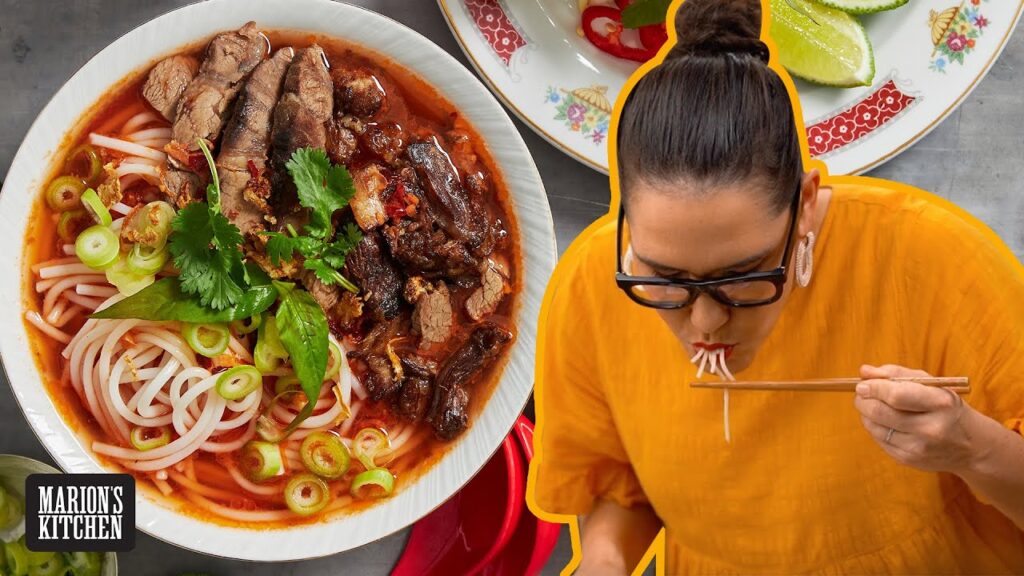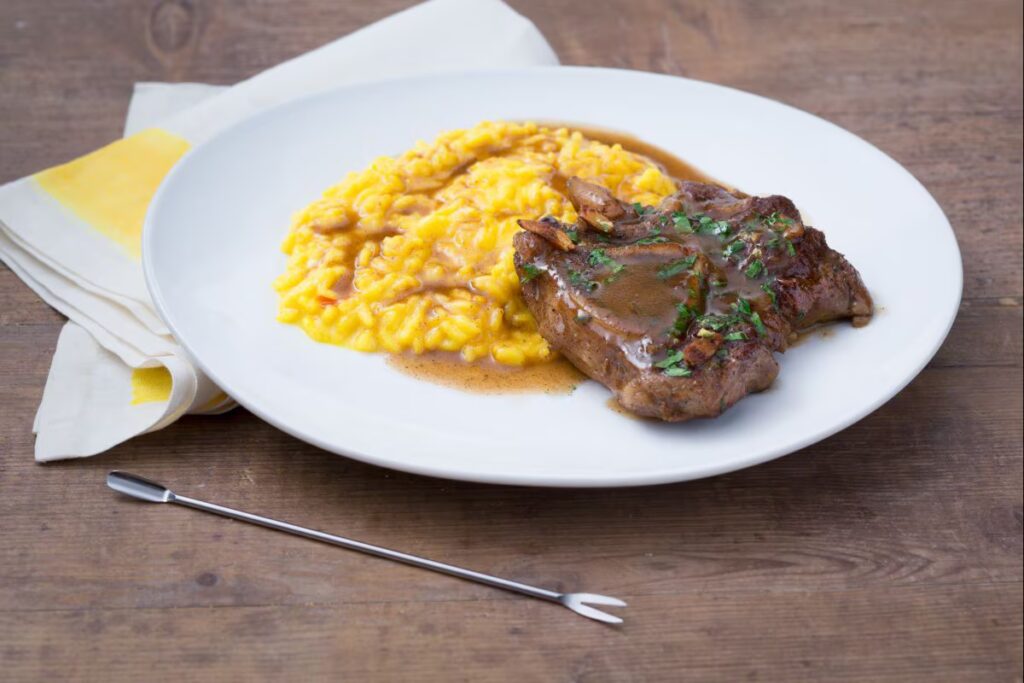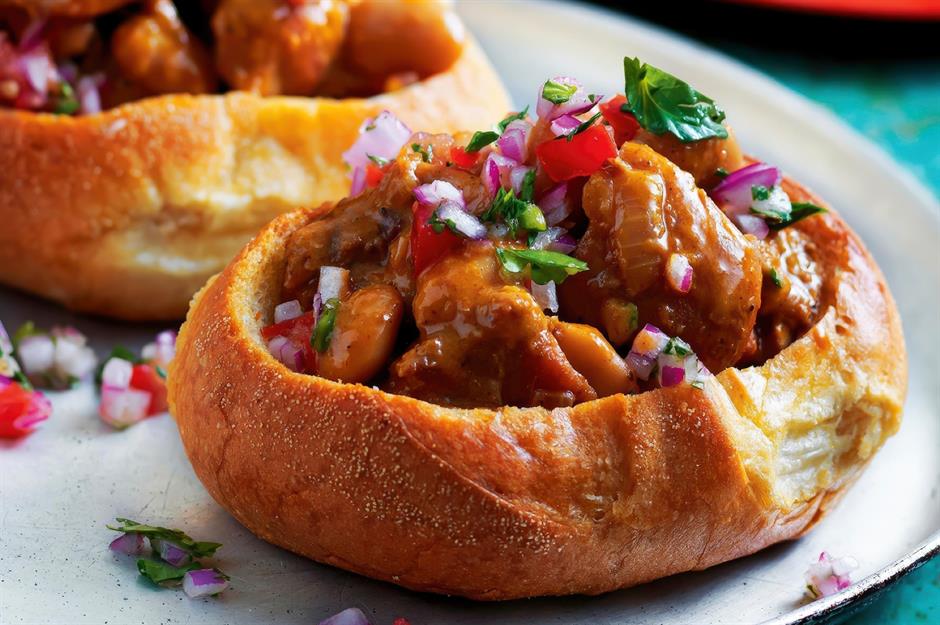Behind every unforgettable dish lies a story—one that’s often as rich and flavorful as the meal itself. The most delicious dishes in the world aren’t just born from great ingredients or clever cooking techniques; they’re steeped in history, tradition, and the passion of the people who create them. As we travel the globe, we uncover these unwritten stories—tales of survival, innovation, and cultural exchange—that bring new depth to every bite.

Take Pho, the iconic Vietnamese noodle soup. On the surface, it may seem like a simple combination of broth, noodles, and herbs, but its story is much deeper. Pho is believed to have originated in Northern Vietnam during the French colonial period in the early 20th century, blending traditional Vietnamese flavors with French culinary techniques. The slow-simmered broth, for instance, bears resemblance to French consommé, while the use of beef was influenced by the French love for steak. Today, pho is a symbol of Vietnamese resilience and identity, enjoyed at bustling street stalls and in cozy family-run shops across the world.
In Mexico, the beloved dish of Mole Poblano has an equally fascinating tale. This complex sauce, made from chilies, chocolate, spices, and sometimes nuts, is often served over turkey or chicken. Legend has it that mole was created by nuns in Puebla, Mexico, as a way to impress a visiting archbishop in the 17th century. The nuns, working with limited resources, combined local ingredients to create a sauce that balanced sweet and savory flavors—a true testament to the ingenuity and resourcefulness of Mexican cuisine. Today, mole is a celebratory dish, reserved for special occasions like weddings and holidays, and its intricate layers of flavor represent the rich history of Mexican cooking.

In Italy, dishes like Risotto or Osso Buco carry tales of Italian ingenuity, shaped by the need to make the most of humble ingredients. Risotto, for instance, was born from Northern Italy’s rice-growing regions, where farmers would use the region’s abundant rice to create a comforting, filling dish. Over time, risotto evolved into a canvas for regional ingredients—whether it’s the rich saffron in Milanese risotto or the seafood that defines dishes on the coasts. Similarly, Osso Buco, a Milanese specialty, is a stew made from braised veal shanks, showcasing the Italian tradition of transforming tough cuts of meat into tender, flavorful meals through long, slow cooking.
Even the seemingly simple Croissant from France has a layered history. Though it’s now a breakfast staple, its origins trace back to Austria, where it was known as the kipferl. The buttery pastry made its way to Paris after Marie Antoinette, the Austrian princess, married King Louis XVI of France. Over time, French bakers perfected the recipe, resulting in the flaky, golden croissant we know and love today. It’s a delicious example of how food can travel across borders and evolve into something uniquely tied to its new home.
Each dish we encounter tells a story, a snapshot of the time and place from which it emerged. As we sit down to eat, we are not just consuming food—we are participating in a long-standing tradition, experiencing the legacy of those who came before us, and continuing the story with every bite. So, next time you try a new dish, take a moment to think about the history behind it. You might find that the flavors on your plate hold a deeper meaning than you ever imagined.

